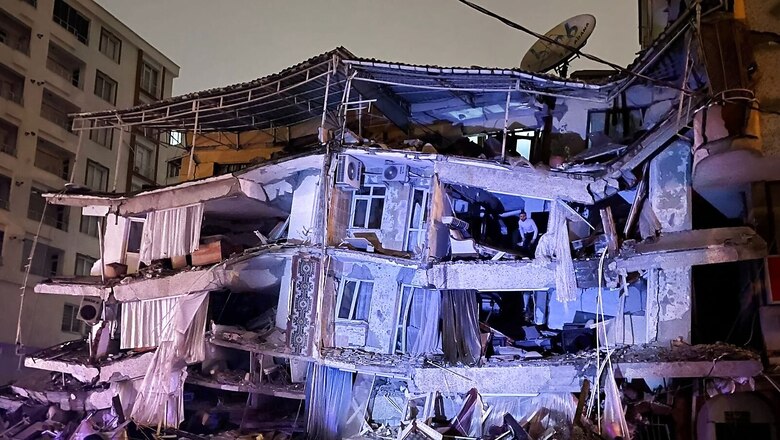
views
A massive earthquake of 7.8-magnitude hit Turkey killing more than 200 people, levelling buildings while many were still asleep, and sending tremors that were felt as far away as the island of Cyprus and Egypt.
The tremors were felt in Lebanon, Syria and Cyprus, while Italy issued an alert for Tsunami. Turkey is in one of the world’s most active earthquake zones.
In 1999, the Turkish region of Duzce suffered a 7.4-magnitude earthquake which was the worst to hit Turkey in decades. That tremors killed more than 17,000 people, including about 1,000 in Istanbul.
Biggest Ever Earthquake Recorded
One of the largest earthquakes in recent history was recorded in Bio-Bio, Chile in May 1960. The earthquake, estimated of magnitude 9.4 and 9.6, shook the ground for around 10 minutes and as a result around 1,000 to 6,000 people died.
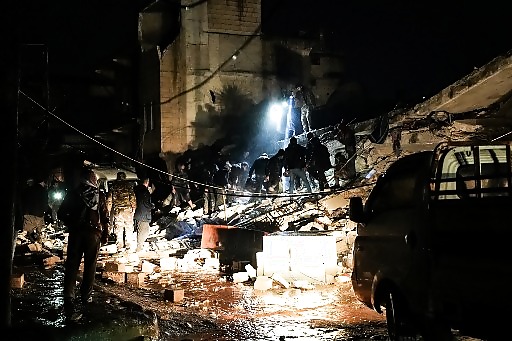
It is supposed to be the highest magnitude earthquake ever recorded and caused a damage of around $3.66 billion to $7.66 billion in today’s dollars.
1964 Alaska Earthquake
This earthquake happened on Good Friday in 1964. The Great Alaskan Earthquake had a magnitude of 9.2 and lasted for a little less than 5 minutes and is considered the most powerful ever recorded in North America.
Only nine people died from the tremors, but over 100 more died in the resulting tsunamis around the world. Experts say that this major quake released up to 500 years of pent-up stress. Tsunami waves from the earthquake reached as far as Antarctica and were also observed in Peru, Mexico, Japan, and New Zealand, as well as other coastal regions.
Bhuj Earthquake, Gujarat
The 2001 earthquake, also known as the Bhuj earthquake, was the third largest and second most destructive in India over the last two centuries.
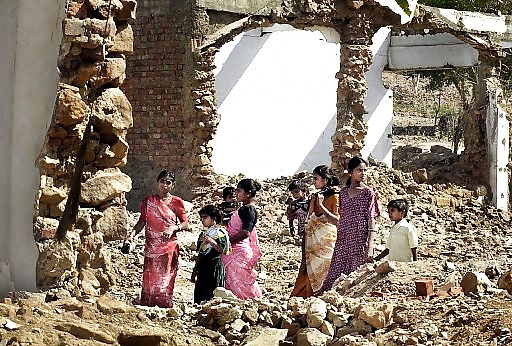
The earthquake killed more than 20,000 people, destroying thousands of homes, and rendering lakhs of people homeless.
2004 Sumatra Earthquake and Tsunami
In 2004, South Asia braved what was probably going to be one of the most devastating natural calamities ever, a tsunami of about 100 feet triggered by an earthquake of magnitude of 9.1.
With Sumatra in Indonesia being the epicentre, the aftermath of it triggered a massive tsunami that lashed and claimed lives in Thailand, Sri Lanka, India, and Indonesia. It claimed the highest number of lives for any tsunami in recorded history—an estimated 2,27,000 across 14 countries.
In India, nearly 42,000 people, or close to 10,000 families, were rendered homeless by the waves that struck islands off the eastern coast. More than 3,500 people were killed and nearly 9,000 died on the mainland, mostly in the southern state of Tamil Nadu.
Nepal’s biggest earthquake
More than 8,000 people died in the earthquake that struck Nepal in 2015. Some regions in India, China, Pakistan and Bangladesh were also affected by the quake. More than 40 deaths were reported in those countries, where the worst-hit area was the eastern Indian state of Bihar, which borders on Nepal.
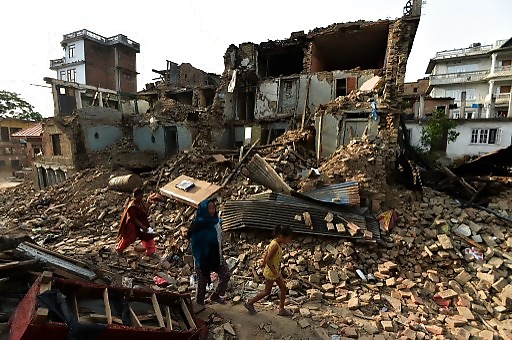
The tremor is the worst to hit Nepal since 1934, when a quake of similar magnitude killed 17,000 people, most of them in Kathmandu.
2011 Japan earthquake
The Japan earthquake and tsunami of 2011 was one of the biggest natural disaster in country’s history that shook northeastern Japan on March 11, 2011. The disaster began when a magnitude-9 earthquake shook the region in the early afternoon, unleashing a savage tsunami.
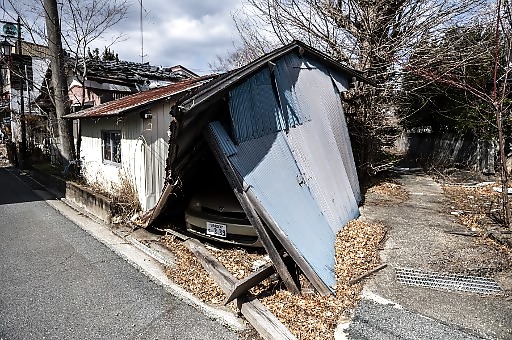
It was the biggest earthquake to hit Japan in 140 years and left more than 120,000 buildings destroyed, 278,000 were half-destroyed and 726,000 were partially destroyed.
Russia Earthquake
In 1952, a magnitude 9.0 earthquake struck near the Kamchatka Peninsula in Russia, that left over 2,000 dead. The earthquake was another undersea one that caused a large tsunami.
The waves travelled as far as Peru, Chili, and New Zealand, but the largest damage occurred in the Hawaiian Islands.
Why are we having so many earthquakes?
Are we seeing more earthquakes? This is the most common thought as one comes across while spotting tremor reports around the world.
But experts say it isn’t true that there are more earthquakes, but because there are more seismic instruments able to record more earthquakes.
According to the National Earthquake Information Center, about 20,000 earthquakes around the globe each year, or approximately 55 per day.
Read all the Latest News here



















Comments
0 comment